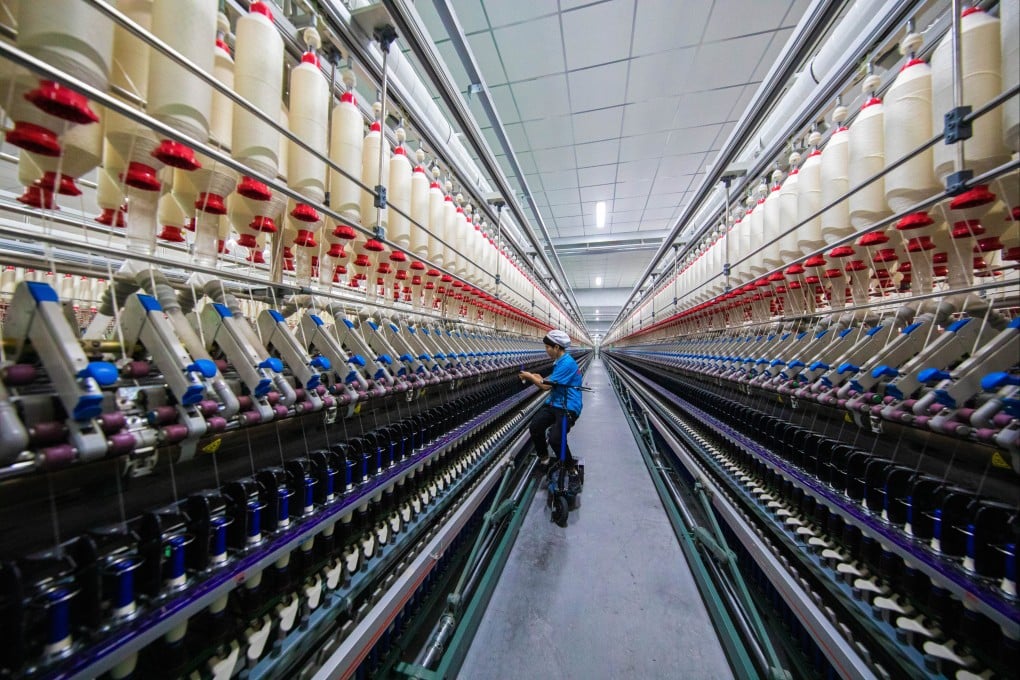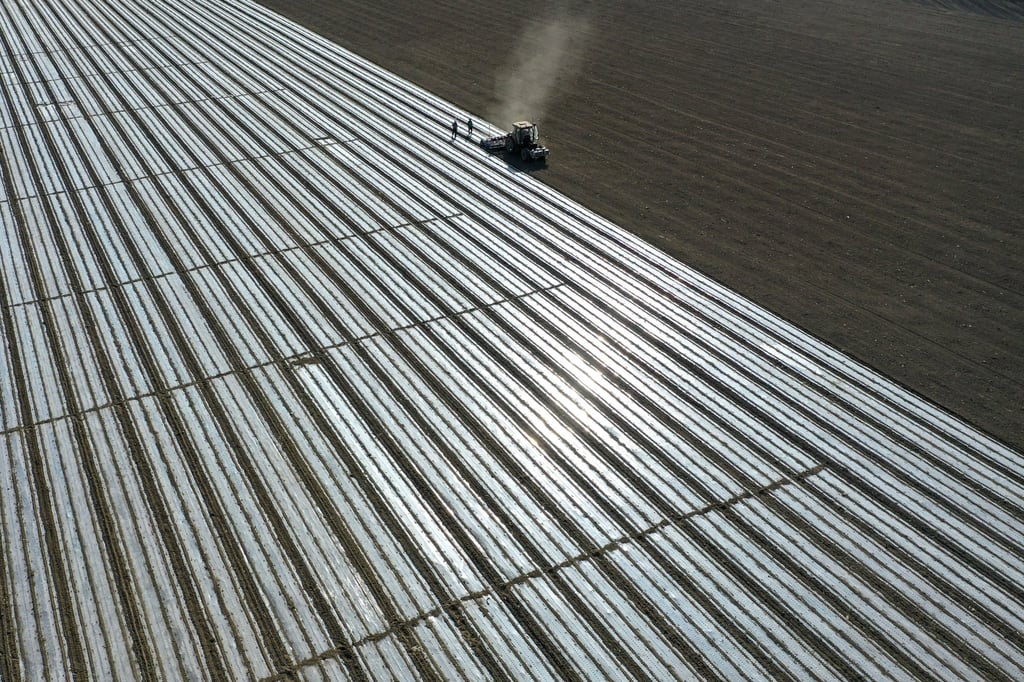How 5G, AI and a cotton revolution helped China beat US Xinjiang sanctions
- Chinese researchers detail how technology has transformed the region’s textile industry and led to record surge in exports
- Slashed energy costs and improved product quality overcomes sanctions imposed over human rights concerns, according to paper

Customs records show Xinjiang’s textile exports last year reached 108 billion yuan (US$14.8 billion), with a 74 per cent jump for yarn and other raw materials, and a rise of 30 per cent for clothing.
The 2023 results followed Washington’s sanctions imposed in June the previous year, which largely banned Xinjiang textiles over human rights concerns over the alleged treatment of the region’s largely Muslim Uygur population.
In the same period, Indian and Vietnamese textile exports dipped by 6 per cent and 10 per cent, respectively.
At about the same time, Chinese scientists, with government and industry support, introduced artificial intelligence and 5G to Xinjiang’s mills, according to a peer-reviewed paper published earlier this month by the Chinese academic journal Textile Technology.

The technologies slashed energy use and improved quality, boosting Xinjiang cotton’s global competitiveness, said the project team, led by senior engineer Huang Kehua, in the paper.
